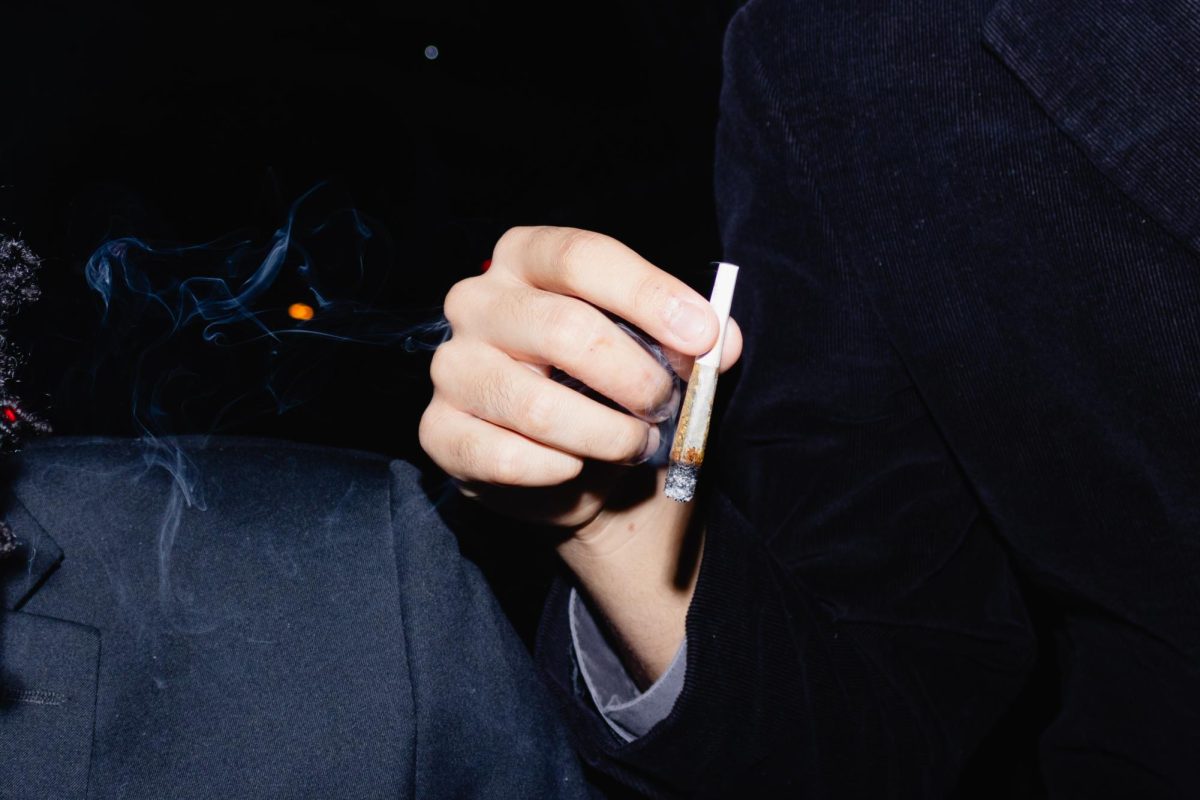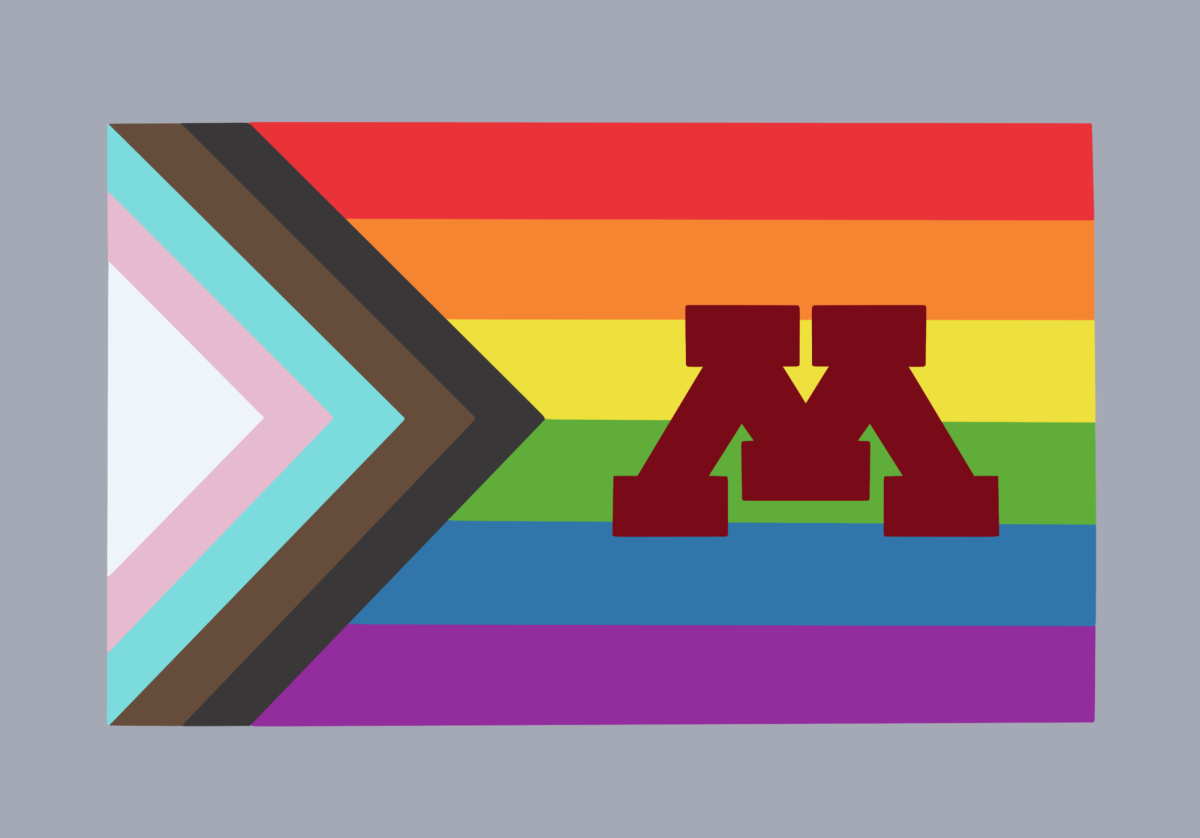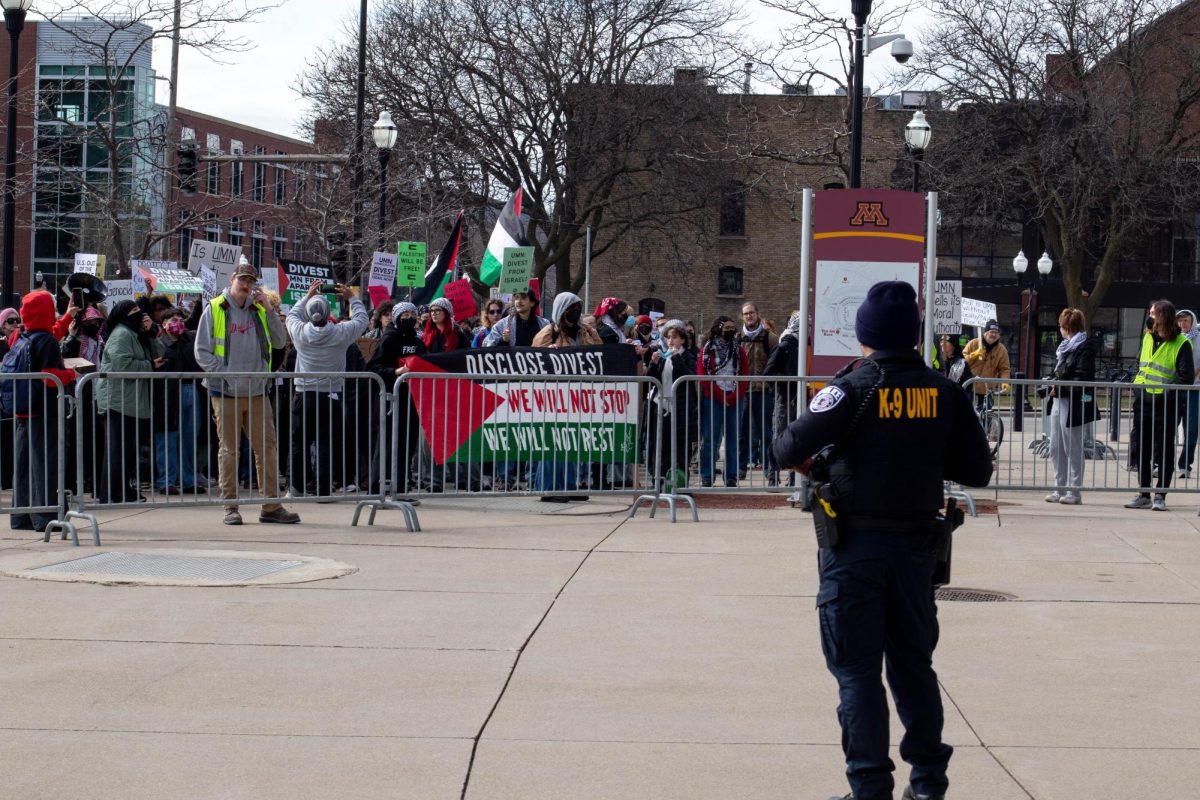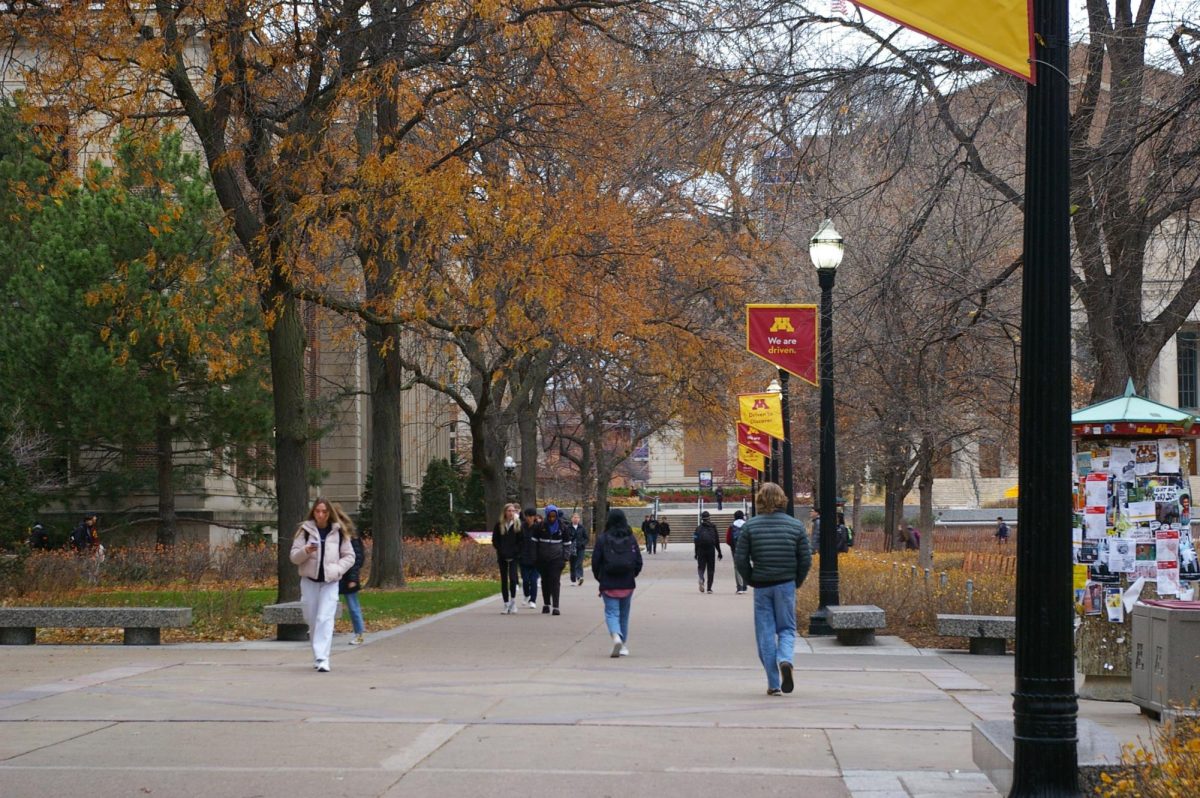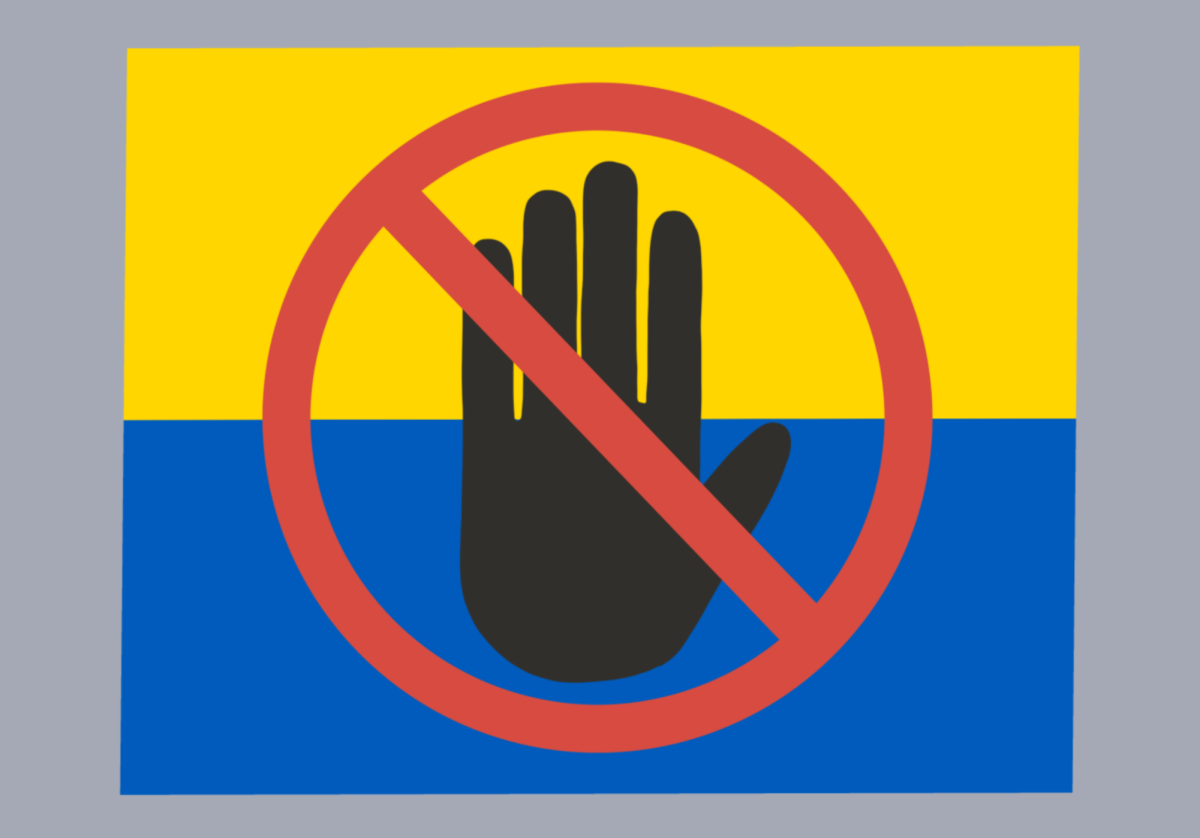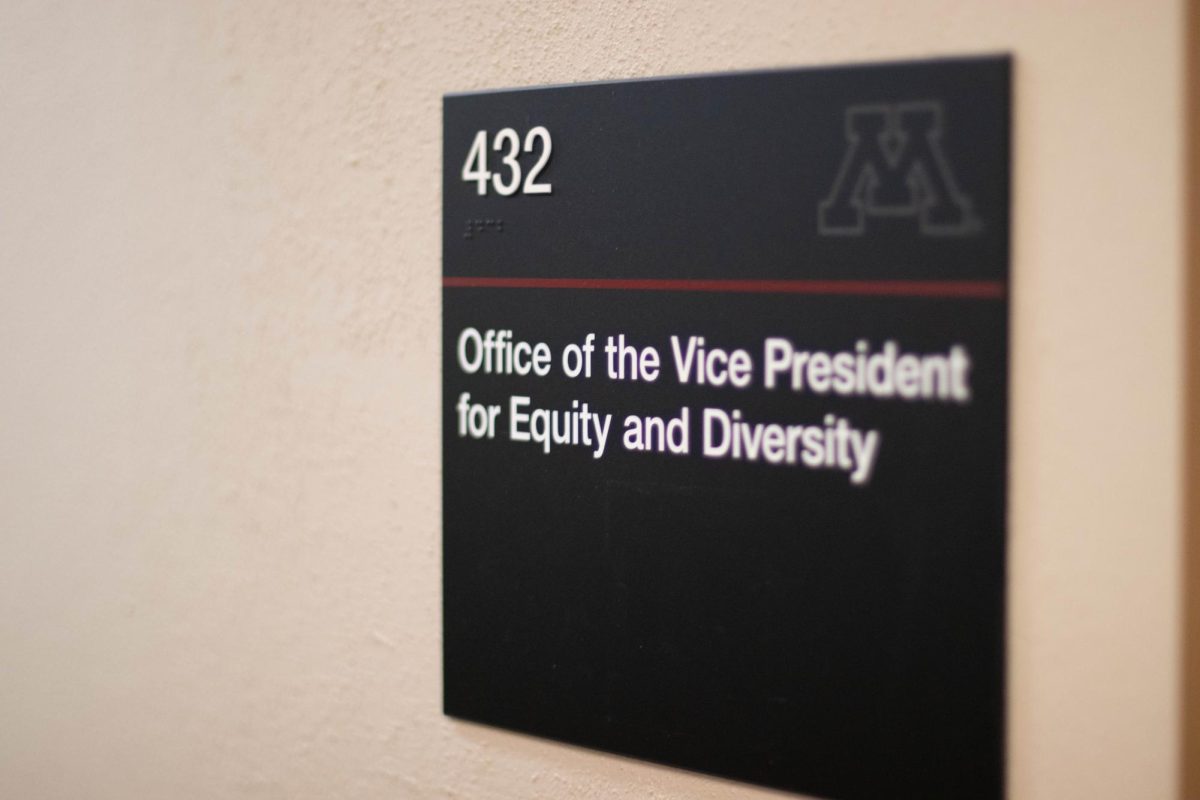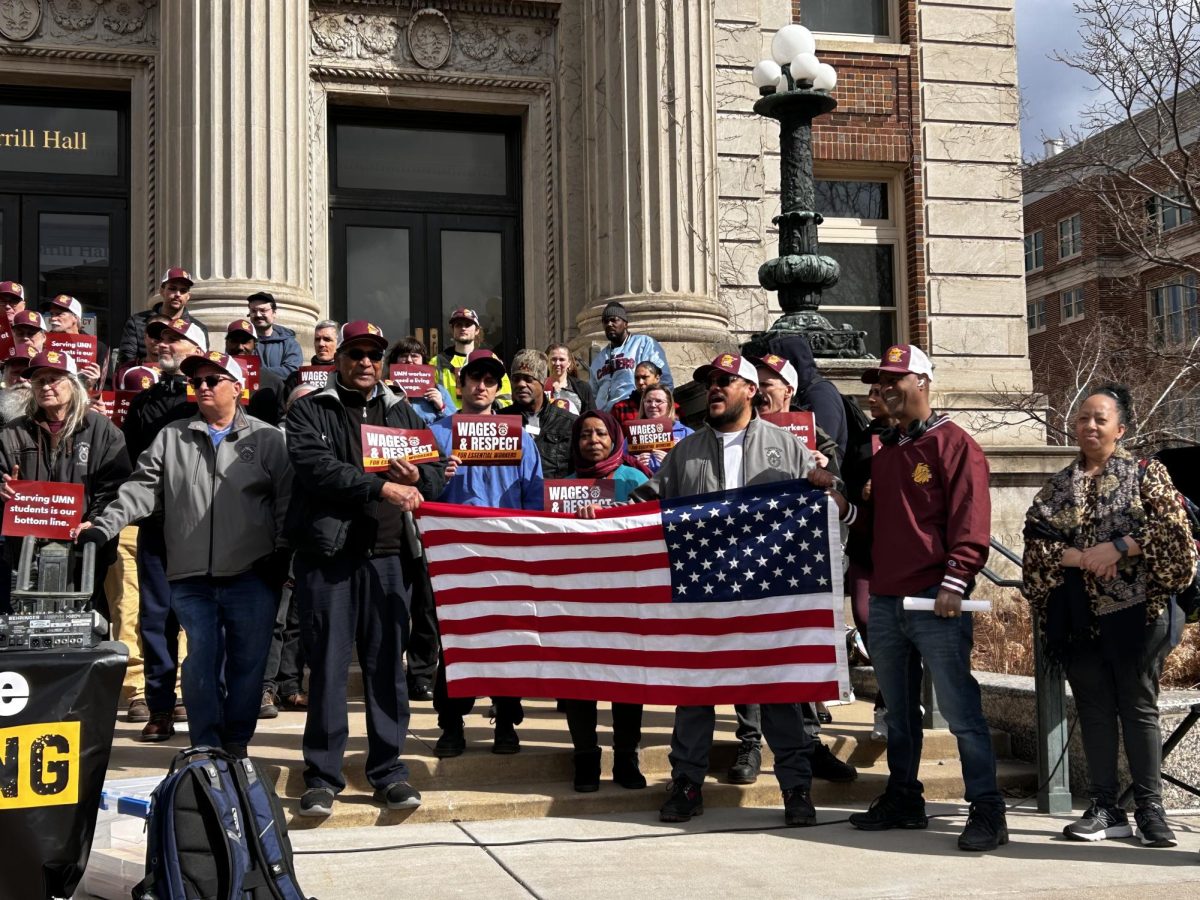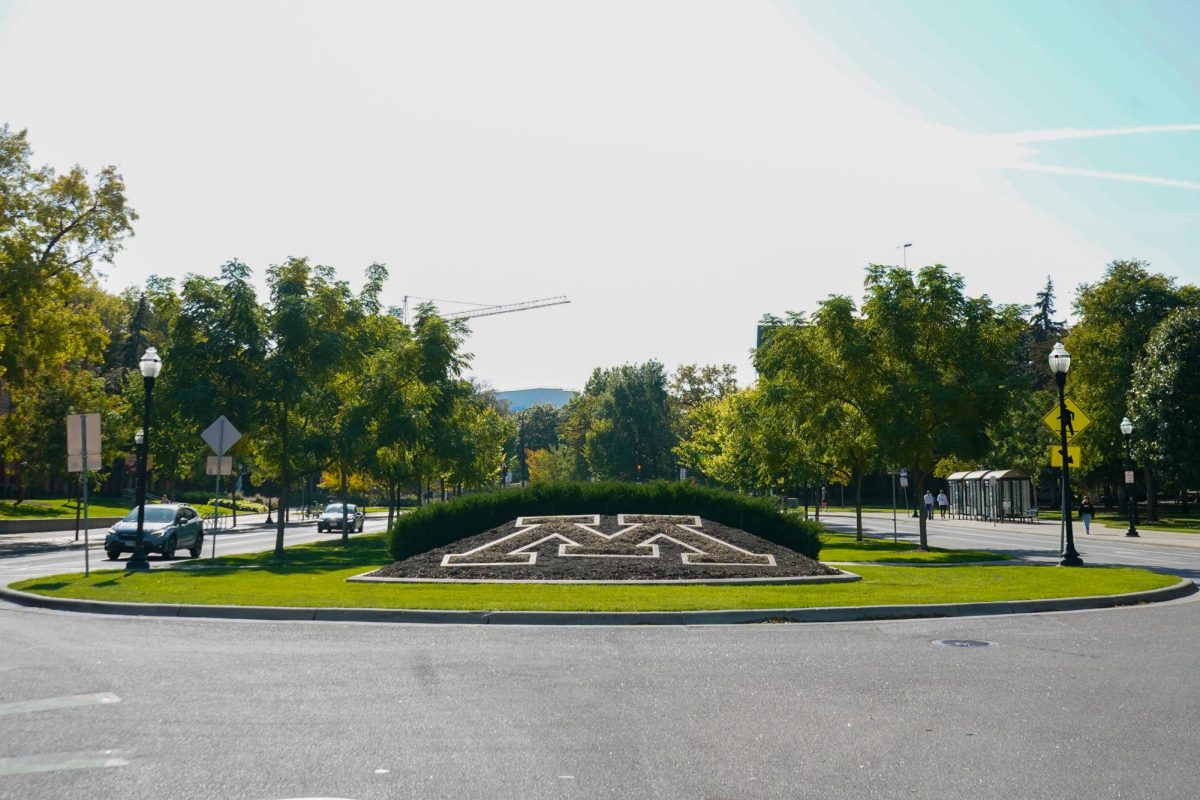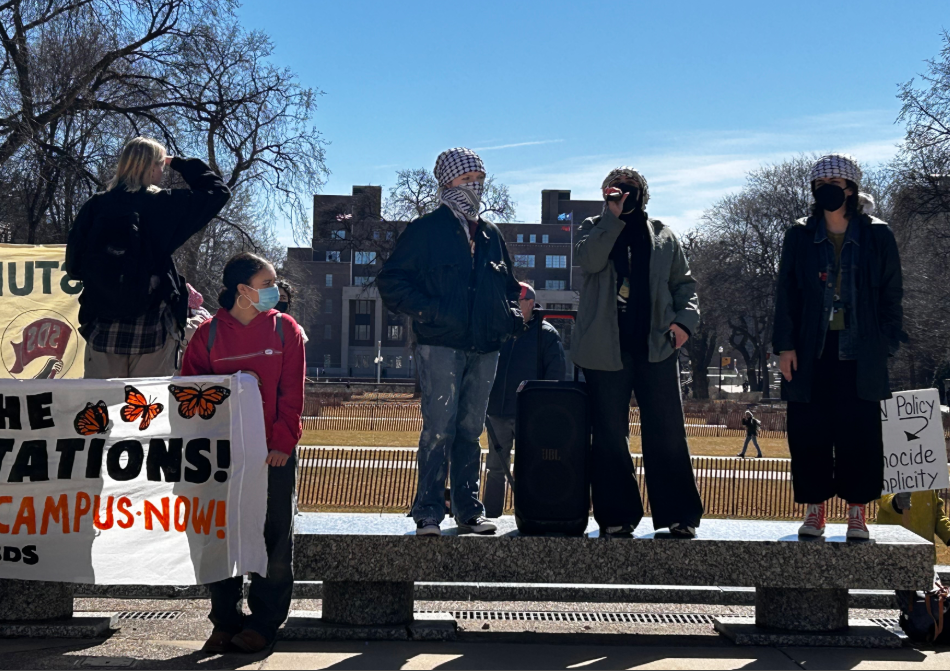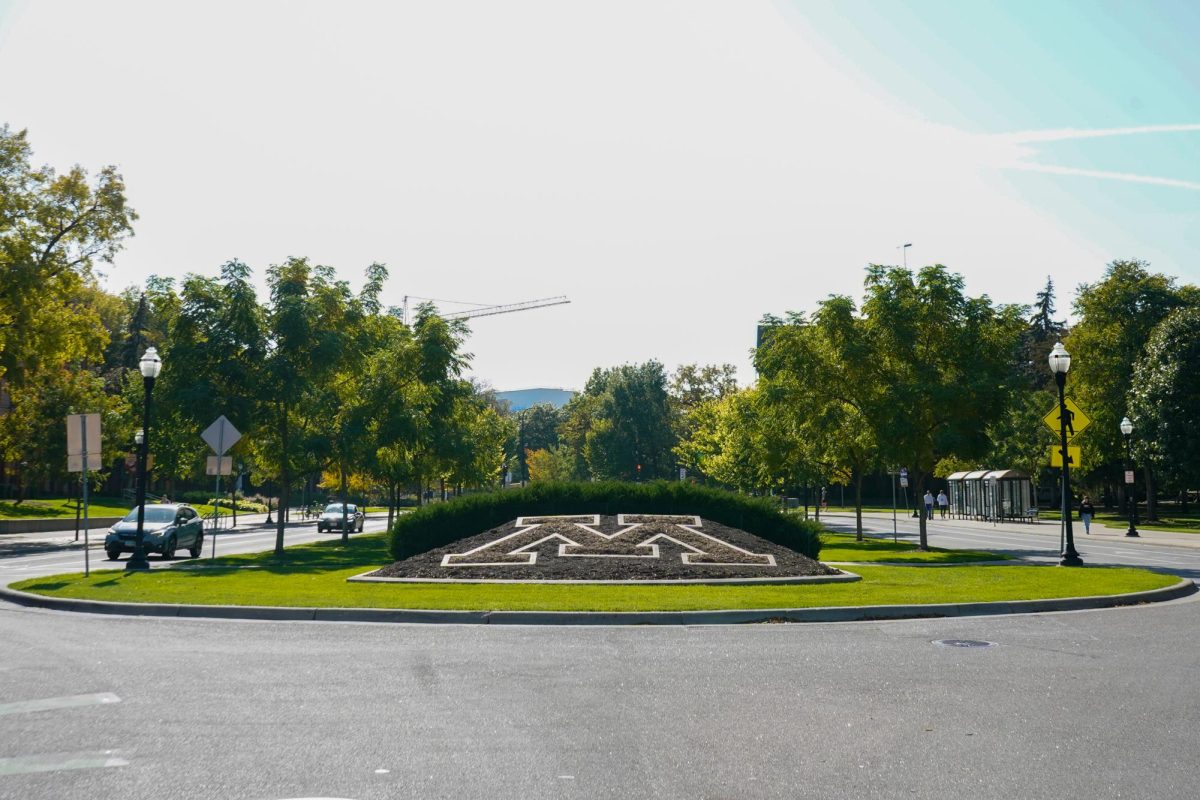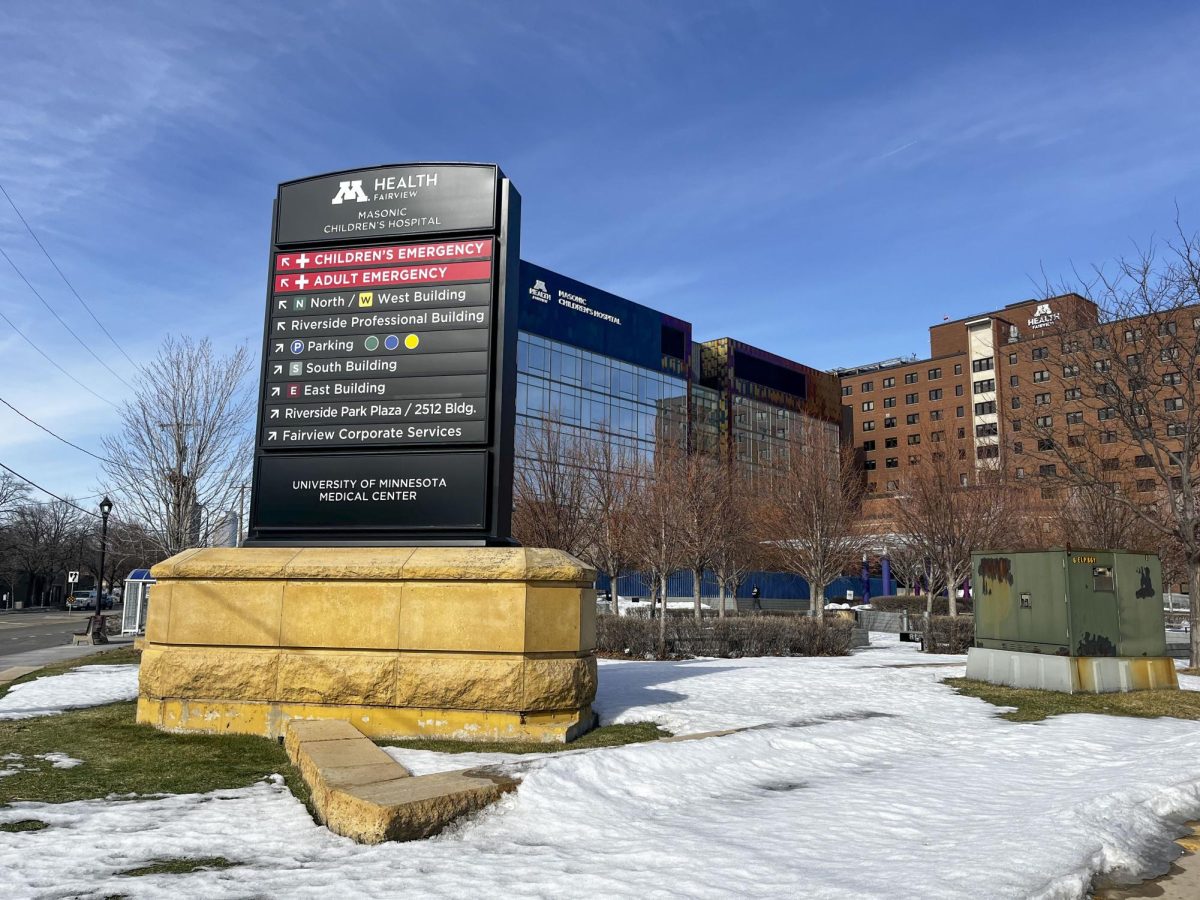Elmer H. Andersen Library is hosting “Campus Kiosk, the Voices of Student Groups,” until May 30, which commemorates student activism and protests at the University of Minnesota.
The collection includes handouts, letters and other materials associated with student activism from the 1930s to 2001 and photographs and materials collected by faculty organizations. Most of the items in the collection have never been displayed publicly.
Archivist Katelyn Morken began working with these materials in 2022 found in the archives before the libraries pitched the idea of a display last year.
“All of the materials used in the exhibits are representative of political and social action by student groups,” Morken said. “Each of them were utilized in a way to be shared, to promote what was happening at the time.”
The display was previously shown from September through December last year on the second floor of Coffman Union near the student government offices but moved to Andersen Library on March 10.
Darren Terpstra, the design and project specialist at the University Archives, created the physical exhibits for the display in Coffman.
The background of the display is a medley of different posters posted on kiosks. The Young Socialist Alliance, the American League Against War and Fascism and the U of M Women’s Liberation Group are all on display.
Morken and Terpstra began working on the project in May 2024 and decided to organize the first display by idea instead of chronologically. The display focuses on five causes: to promote peace, advocate divestment for human rights, support civil rights, support women’s rights and child care and to exercise educational rights.
“Dividing this up into chunks and themes allows people to drop by and see things in a snapshot,” Terpstra said.
The promotion of peace has the longest time span, encompassing movements opposing World War II and the Vietnam War.
“It’s interesting to see the topics, how they’ve changed over the years and how they haven’t,” Terpstra said.
Nearly all of the materials are 8-foot by 11-inch pieces of paper that would have been passed out around campus.
“We were thinking about the student experience, and this is a major part of it,” Morken said. “I think this is one of the most important types of preservation that we can do, that highlights student creations and student work.”
Part of the collection includes a digital archive with materials that can be viewed on any device. Morken and Terpstra said it would allow people who may not have time to view the full display in person a chance to do it digitally.
Collection for the archive is occurring on a rolling basis and they are continuing to add materials. Morken said they hope to work with student groups who may have been involved in social activism previously.
“It’s important for people who are not necessarily students of history to see this and understand that student voices and protesting has been going on since day one, this has been happening forever,” Terpstra said.




